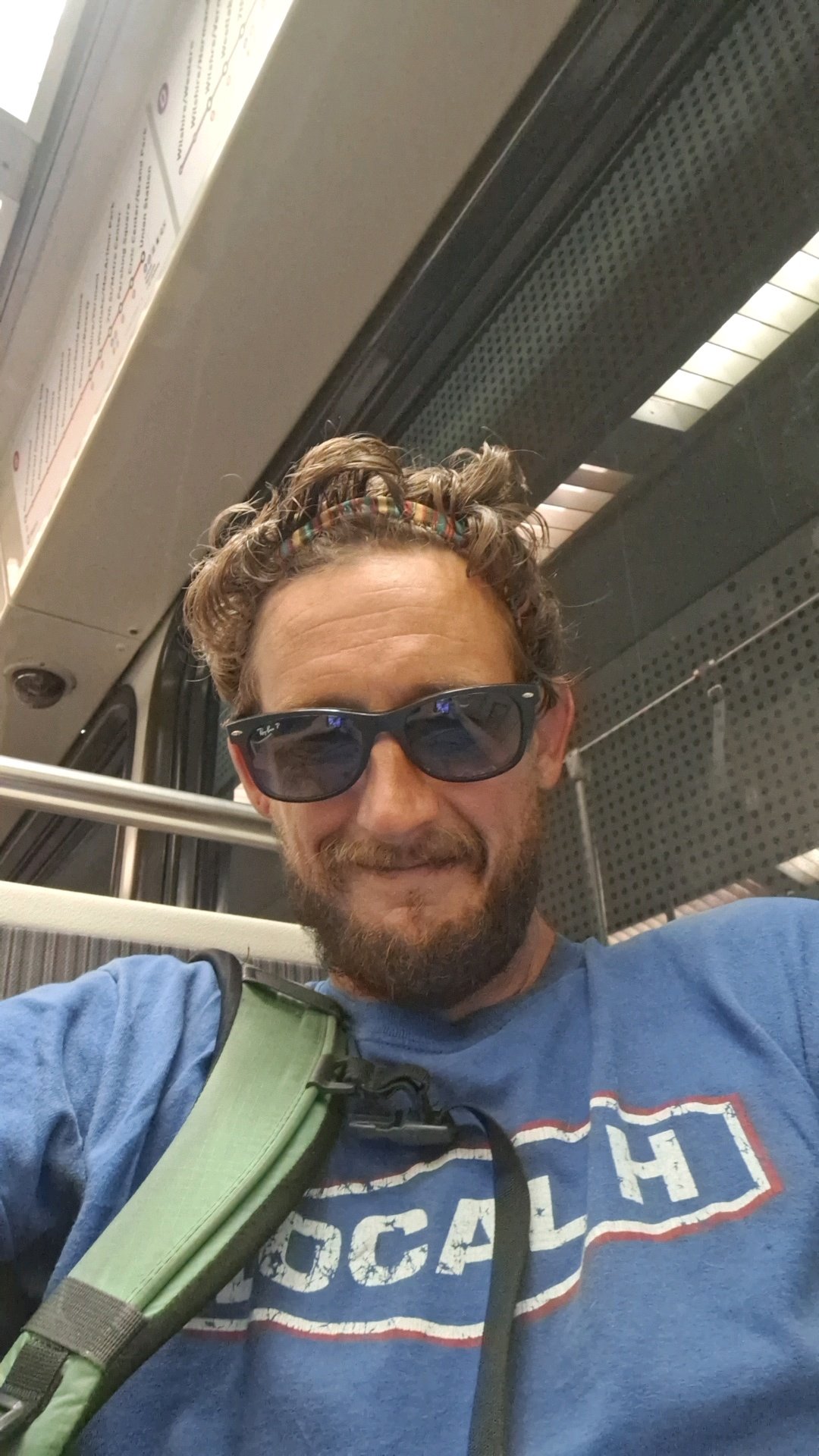Local leaders broke ground Thursday on three affordable housing projects in Clairemont that will provide homes for families, seniors and people with disabilities, with the goal of establishing intergenerational communities.
The combined developments will include two family housing projects and a senior housing structure built on three acres of surplus county land on Mt. Etna Drive near Balboa Avenue. They’ll cost $187.5 million and be funded with a combination of city, county, state and federal funds and tax credits.
It’s part of a county initiative to dedicate excess land to ease the region’s housing shortage and will be the third such development built on county property, Board of Supervisors Chair Nora Vargas said.
“This is the only way we’re going to be able to address the unsheltered population,” she said.
The development is expected to house about 1,000 people, said Jim Andersen, chief development officer for Chelsea Investment Corporation, the affordable housing firm building the facility.
It will include 79 senior apartments slated for individuals and couples, projected to cost $543,000 per unit to build. Another 230 family apartments will accommodate about four people each, at a cost of $628,000 each, with 58 reserved for people with developmental disabilities and their families.
The development is located about two and a half miles from the Blue Line Trolley and within several blocks of grocery stores, businesses restaurants and parks.
“The whole idea is that you’ve got seniors and you’ve got families, and how cool that they can interact,” Andersen said. “That’s really a great way for seniors, who may suffer from loneliness, to mingle. Who doesn’t want to live next to a lot of grandmas and grandpas?” Officials pitch shovels full of dirt during the groundbreaking ceremony of three affordable housing developments.
Officials pitch shovels full of dirt during the groundbreaking and dedication ceremony of three affordable housing developments in Clairemont on Thursday.
(Eduardo Contreras/The San Diego Union-Tribune)
Along with the apartments, the complex will provide assistance and activities geared to the different groups of residents, officials said. For instance, the family housing projects will offer after school care for kids, along with resume-building workshops and other training for their parents, Andersen said.
Case managers will help seniors with paperwork for Social Security, Medicare and veterans benefits, while meal programs will serve breakfasts and lunches, said Paul Downey, president and CEO of Serving Seniors, which will provide those services.
Both groups will be able to participate in social events such as barbecues and seasonal festivals, along with programs including garden clubs and exercise classes, officials said.
“The thing that I appreciate about this is the partnership with the city, but also the fact that in the end it will be a comprehensive housing entity, where you’ll have intergenerational support,” Vargas said.
That contrasts with typical affordable development models that separate senior housing from facilities for families with children, Downey said. “That’s not how real neighborhoods exist,” he said.
Instead, the goal is to integrate different people of different age groups in a more organic fashion.
It’s similar to the concept behind Harris Family Senior Residence and Mid-City Family Apartments, a City Heights development that opened last year and pairs 117 senior units with 78 family apartments.
The new development will be available to residents earning between 30 and 70 percent of the area median income, with specific numbers of apartments allotted to different brackets within that range, Anderson said.
With home prices in the Clairemont area running at around $1 million, families must typically earn twice the median income to buy a home in the area, said Ryan Clumpner, vice chair of the San Diego Housing Commission and a Clairemont resident. The new developments will open the neighborhood to residents with a wider range of incomes, he said.
“I’m positive that this moves the neighborhood toward being a vibrant and inclusive community,” Clumpner said.

